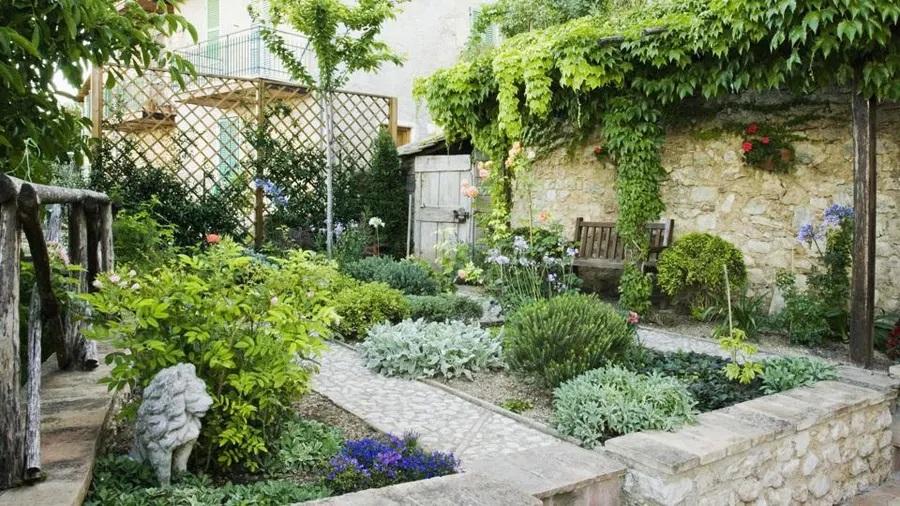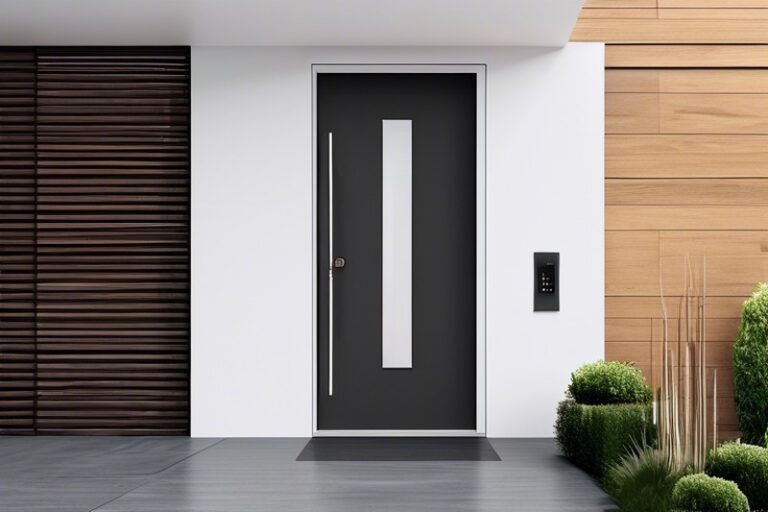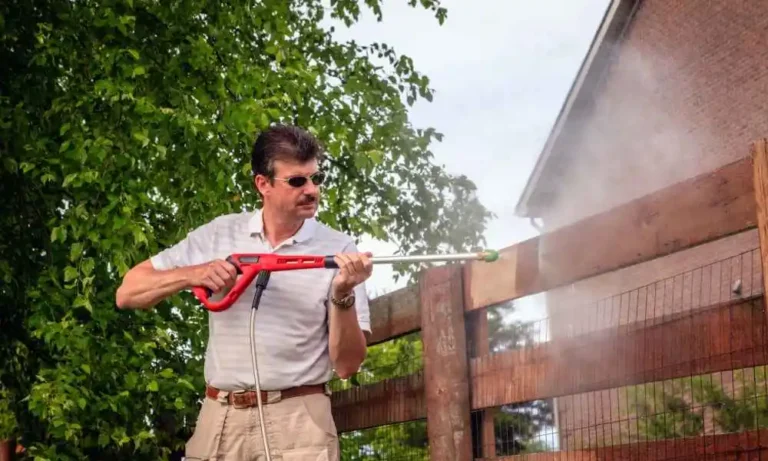
The art of landscaping turns your outside area into a beautiful, useful, and peaceful setting. Whether your landscape is a rich garden, a well-groomed grass, or a thoughtfully planned hardscape, it has to be maintained to be a beautiful and inviting feature of your home. Keeping your outdoor space attractive entails some duties and factors that need to be considered. In this post, we will cover the essential procedures and pointers for maintaining spotless and colourful landscaping.
The Value of Upkeep for Landscaping
An investment that raises your property’s appearance and value is landscaping. However, if you want to get the full benefits of your landscaping, frequent maintenance is necessary. This explains why keeping up with your landscape is crucial.
Preservation of Beauty: Well-kept landscapes have a more appealing and welcoming appearance. Maintaining your outdoor area regularly keeps it pleasurable and aesthetically pleasing.
Plant Vitality: Garden Maintenance is crucial to the health and vigour of your plants. Proper watering, fertilisation, and pruning all help your greens stay healthy.
Property Value: The value of your home may be considerably raised by well-kept landscaping. A well-maintained outside area is more likely to lure potential purchasers.
Preventing Problems: By doing routine maintenance, you may identify and fix issues early on. Later on, this may save on expensive repairs and replacements.
Functional Outside Area: Landscape care guarantees that your outer space stays usable, whether a well-manicured patio for outdoor parties or well-kept grass for picnics.
Sustainability: You may make your landscape more sustainable by incorporating eco-friendly landscaping techniques into your everyday care, such as using native plants and conserving water.
Essentials of Landscape Maintenance
Let’s now examine the essential landscaping upkeep techniques that can assist you in maintaining the best possible state for your outside area:
Grass Care
- Maintaining the health and look of your lawn requires regular mowing and edging.
- Aeration enhances the quality of the soil and facilitates greater absorption of nutrients and water.
- Fertilisation to discourage weed development and encourage healthy grass growth.
Maintenance of Plants
- To manage the growth and form of trees, bushes, and hedges, prune and trim.
- Mulching helps control soil temperature, prevent weed growth, and preserve soil moisture.
- Watering in a way that hydrates the soil just enough but not too much.
- Controlling pests and diseases can shield your plants from typical problems.
Handle with Care
- Patios, walks, and retaining walls are hardscape features that need regular cleaning and upkeep.
- Repairs or resealing of surfaces, including staining or erosion prevention, are applied to pavers.
Water Resources Management
- Maintaining appropriate water distribution in your irrigation system requires regular examination and modification.
- Keep an eye out for blockages and leaks, particularly during seasonal changes.
Weed Management
- Weed your garden beds often to prevent undesirable plants from taking over.
- The use of landscaping cloth or mulch to prevent weed growth.
Outdoor Lighting
- To keep outdoor lighting fixtures safe and operational, clean and maintain them.
- The best way to maximise lighting effects is to change timers and replace bulbs.
Soil Health and Fertilisation
- Examining the soil to find pH levels and nutritional deficits.
- Promoting plant health via timely and nutrient-appropriate fertilisation.
Seasonal Tidying
- Cleanups throughout the spring and autumn to eliminate dead plants, leaves, and garbage.
- Perennials should be pruned or trimmed back as required to promote new growth.
Management of Diseases and Pests
- Routine examinations to spot and treat illness outbreaks or insect infestations early on.
- Using environmentally friendly techniques to reduce adverse effects on the environment.
Ecological Methods
- Putting water-saving techniques like rain barrels and drip irrigation into practise.
- Planting locally native plants that thrive in your environment and need less care.
Maintenance Advice for Landscaping
Take into consideration the following advice to make landscape upkeep more effective and manageable:
Make a Maintenance Plan: Plan out routine maintenance duties for every season. This will guarantee that everything is noticed and keep you organised.
Employ the Correct Gear: Invest in top-notch landscaping gear and machinery, including lawnmowers, pruners, and irrigation system parts. Possessing the proper instruments facilitates and improves the effectiveness of the work.
Think About Hiring a Professional Service: If your landscape is vast or complicated, or you need help handling landscaping, consider hiring a professional. They have the know-how and means to maintain the best possible condition for your landscape.
Watch for Changes: Pay attention to any changes in your landscape, including plant development, the efficiency of your irrigation system, and the emergence of pests or illnesses. In the long term, early detection may save you money and time.
Keep Up: Remain current on the newest methods for gardening and landscaping. Many resources exist, such as local gardening clubs, websites, and books.
Reduce Lawn Areas: If you find it challenging to manage a big lawn, consider making your grass smaller and adding more hardscape and low-maintenance plants.
In Summary
Maintaining your outdoor space’s beauty, usefulness, and value depends on proper landscaping. You can ensure that your landscape continues to be a source of pride and delight by maintaining your grass, plants, landscaping pieces, and irrigation systems. In addition to keeping your landscape looking perfect, routine upkeep helps ensure its long-term viability. Get dirty, get your garden maintenance supplies, and cultivate landscaping that embodies your appreciation of the natural world and aesthetics.






